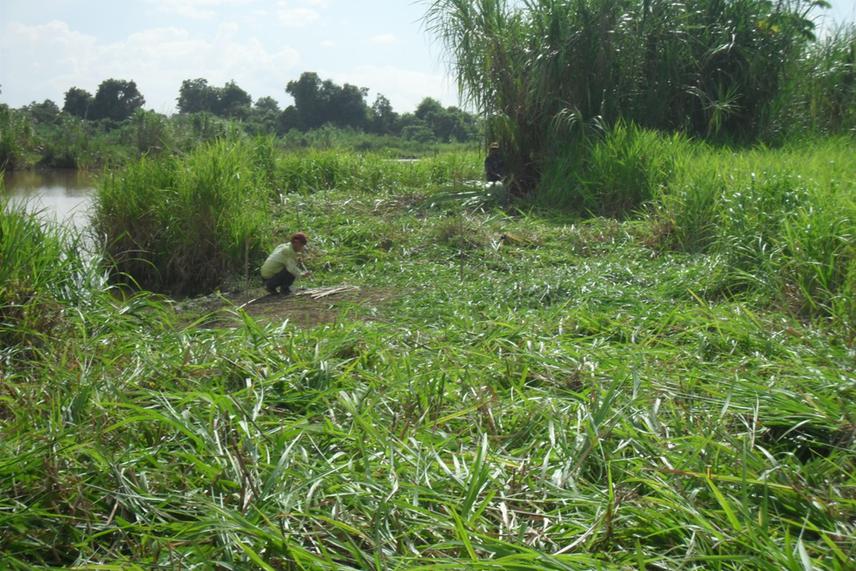Heidy Amely García de la Vega
The aim of the project is to restore strategic forested areas of Bocas del Polochic wetland to conserve its ecological functions, and maintain and restore the livelihoods of the population of the area.

Clearing the banks of Polochic river
The pilot project to restore strategic forested areas along watercourses in the wetland will contribute to recover 7 hectares of native vegetation that has been degraded due to the establishment of extensive crop fields and the use of firewood. Activities are designed to engage the community of Bocancha in the process of restoration, becoming agents of wetland conservation.
During the first two months of project development a visit to the primitive zone of the protected area will allow the development of a botanic characterization to identify plant species and density in at least five 2x2 quadrants. Three hectares of wetland watercourses in the primitive and recovery zones that have been degraded will be restored based on this characterization. Some 1110 seedlings will be used per hectare attempting to resemble the composition of non-degraded zones of the wetland.
Four hectares of forest plantation with firewood purposes will be established along watercourses in the extensive use zone of the protected area. A revolving fund will be established in the community to benefit fifteen households with firewood-saving stoves. The stoves have a positive impact on the family’s health and will decrease the consumption of firewood, reducing the pressure on the wetland’s wood resources. In the long term, additional households will be benefited.
The project will contribute to social and environmental sustainability of the wetland, having a positive impact on the family’s health and economy as well as on ecosystem conservation. In the long term, the restoration area will be broadened to increase the positive impacts of native vegetation recovery.